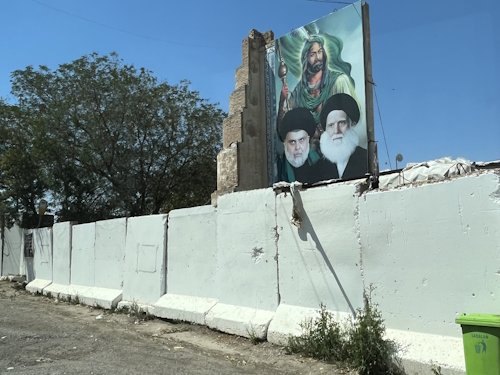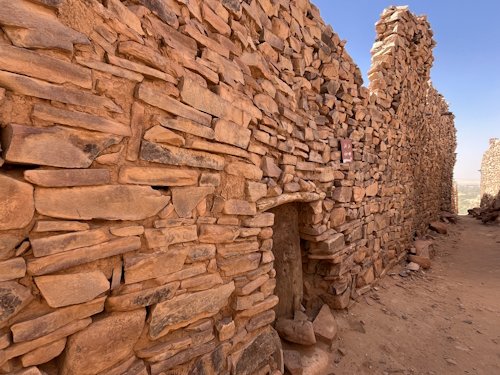First published: Sun 11 May 2025.
Els Slots
In the Red Zone
Comments
7 comments
Wojciech Fedoruk
6 months, 1 week ago (May 11, 2025)
Poland has it and I consider it very strict. But, there are significant differences comparing to these two. E.g. all Mauritania and Ivory Coast is only orange, while many other countries are considered red in parts, e.g. Uganda near DRC
border (Bwindi), Lamu and Turkana in Kenya, etc.
Reply
Twobaconsandaboston
6 months, 1 week ago (May 11, 2025)
Thanks Els, Thought provoking as always. I think the key to this is that these country assessments are "Advisory" and that each individual still needs to undertake their own research and assess their own situation and experience. One key area though for me is travel Insurance costs, which can be a kicker and I won't travel without it.
Astraftis
6 months, 1 week ago (May 11, 2025)
Italy has Viaggiare Sicuri "travel safely" (https://www.viaggiaresicuri.it/), which does not use colours. It is rather discursive in the explanations and I think it does a rather good job. For most of the countries in this post it says that "travelling is disouraged". The situation is described with quite some detail, highlighting unsafe regions. For Belarus and Russia traveling is also "discouraged", but then it is said that they are safe, so the political reasons are made explicit, while for Burma and Sudan it's pretty clear you have nothing to do there. I don't know anything particular about insurances.
The style of this official source is probably very, very cautious and a little exaggerated. It can make me wary even of a trip to Lithuania... Of some places like Brazil it does not discourage travelling, but it gives a very bleak image which I'd say could keep most visitors away. Anyway, I think that local operators are also a good source: mine for Sudan was very clear in stating where we could or could not organise a trip, and I had a good feeling of responsibility on their side.
Solivagant
6 months, 1 week ago (May 12, 2025)
Following the comment below by Afraftis I had a look through th Italian site he mentioned....indeed Italy doesn't seem to go higher than "not recommended"....
"It is recommended to postpone all travel to the Russian Federation."
Palestine - " compatriots are recommended to postpone their trip, unless dictated by compelling reasons that cannot be postponed."
"all travel to Sudan is not recommended."
" Travel to Myanmar is not recommended"
EXCEPT .....amazingly ...... for DPRK
"At the moment, Italian citizens are prevented from traveling to the country." ("Al momento, per i cittadini italiani, resta preclusa la possibilità di recarsi nel Paese.")
Astraftis
6 months, 1 week ago (May 12, 2025)
Ah! I didn't check DPRK, and I wasn't expecting it. To be more precise, the wording is that Italian citizens are "blocked2 from going there. Apparently there is no diplomatic mission between the two countries and I understand it is simply not possible to get a visum.
Philipp Peterer
6 months ago (May 16, 2025)
Switzerland has them of course. Never checked them out as I am usually not visiting risky countries. https://www.eda.admin.ch/eda/de/home/vertretungen-und-reisehinweise/laenderunabhaengigereiseinformationen.html



